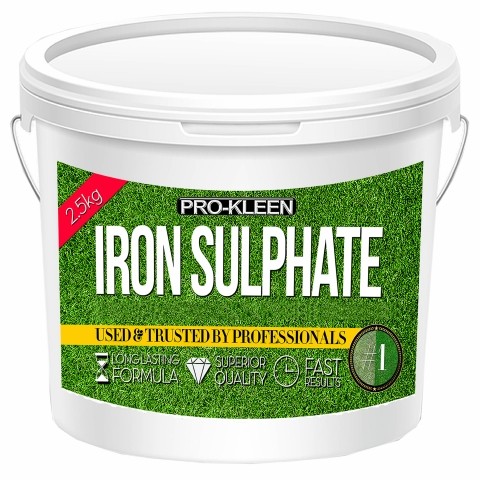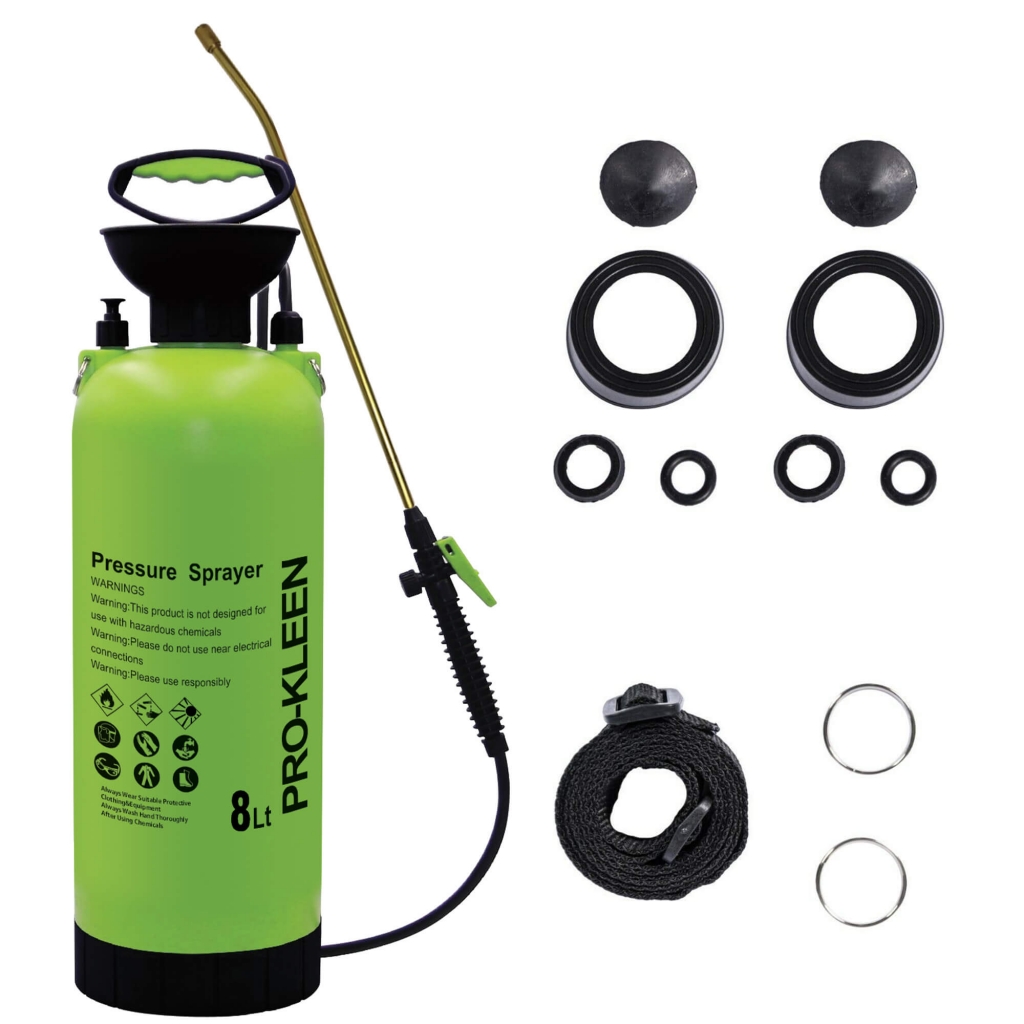
March 22nd, 2022 by
If your lawn occupies a good proportion of your outdoor space, creating grass that is lush and a vibrant green can really make your garden quite spectacular. Forget about planting, it’s your lawn that can really give it the wow factor. If this is what you want, iron sulphate is your best friend.
What is iron sulphate?
Iron sulphate is a lawn nutrient that is rich in iron. It helps your grass look greener and lusher, but the benefits go beyond the aesthetic appearance of your lawn. Looking good is actually the by-product of stronger, healthier grass that is pest, disease, drought, and weed resistant – and that is what iron sulphate does; it makes it stronger.
When should you use iron sulphate?
In terms of the time of year, you can actually apply iron sulphate throughout the majority of the year. It can be used in the autumn and winter to help it resist cold temperatures and frost and used in spring to help it resist the weeds and pests that can become rampant as temperatures increase. While it can also be used in the summer months it is not recommended for use in high temperatures.
There are a couple of things to bear in mind about the conditions for applying iron sulphate though:
Moisture
Iron sulphate usually comes in granular form and that means it needs to be dissolved in order to penetrate the roots of the grass. You can do this by mixing in a watering can or garden sprayer, ensuring the granules are dissolved comp letely before applying. You will get the best results if the lawn is already wet or if rain is forecast as this will help it seep right into the soil and disperse it evenly.
letely before applying. You will get the best results if the lawn is already wet or if rain is forecast as this will help it seep right into the soil and disperse it evenly.
You can also buy iron sulphate in liquid form which means you don’t have to dilute it. This does mean you can’t adjust the concentration of the mix too much (other than to water it down further) but some liquid iron sulphates come with added nutrients such as seaweed extract.
Temperature
Ideal conditions would be a cool day as this allows the ground to retain as much moisture as possible. However, don’t apply in very cold temperatures as it will be difficult for the solution to penetrate the ground (applying water to the frozen ground can just result in creating ice).
Likewise, don’t use it on very hot, sunny days as the ground may be too dry plus hot temperatures can increase the potency of the chemical and this can scorch the grass.
The ideal conditions, therefore, would be to apply on a cool day in between two heavy rain showers. You can, of course, compensate to a degree with plenty of watering.
How much to use
While stronger, healthier, greener grass is the general overall objective for anyone using iron sulphate, you can use it in different concentrations depending on your specific goals. If you are just using it to maintain your grass, you can use a weaker mix. If your grass is in a poor condition, for example, is a little yellow, patchy, mossy, has evidence of pests (eg worm casts), or you just want it to be hardier (eg if it is subject to heavy use such as children playing on it or used for sports) you can use a stronger solution. Use around 1-2g per litre of water per square metre for general grass greening and 2-3g per litre per square metre for turf hardening.
How often to apply
Iron sulphate is most effective when applied every 6-8 weeks throughout the year. This means each season gets one or two doses and nutrients are frequently topped up.

Comments
Leave a reply
Your e-mail address will not be published. All fields are required


